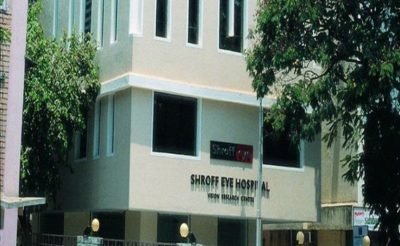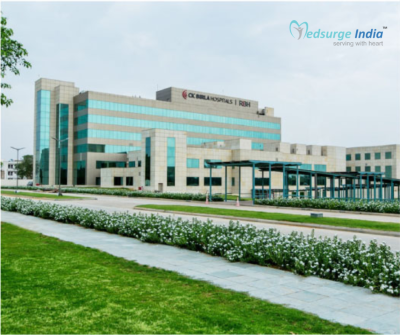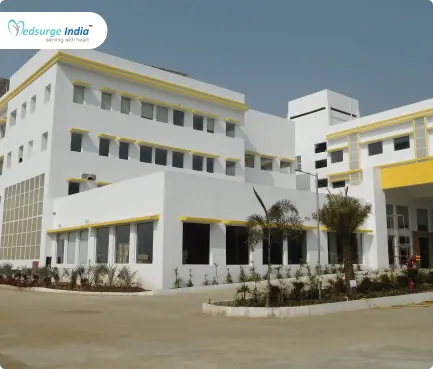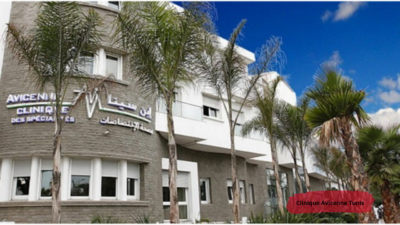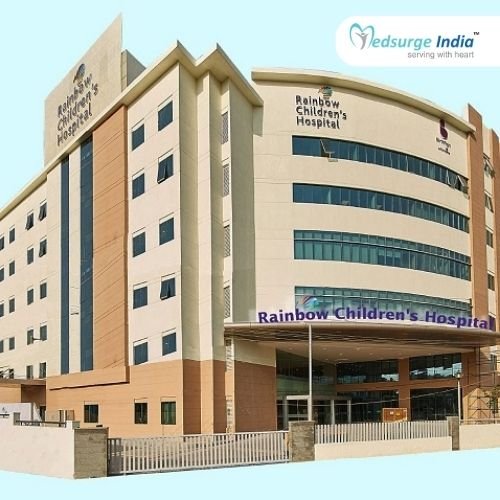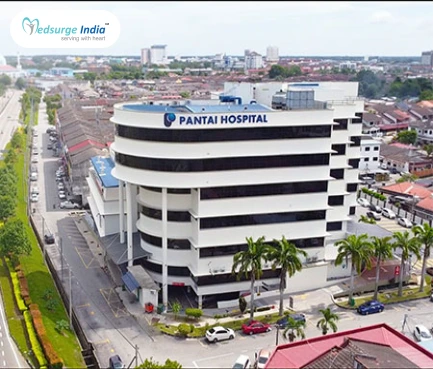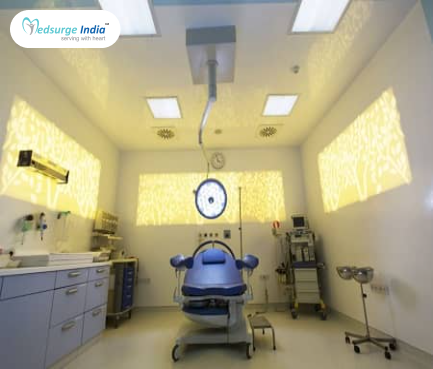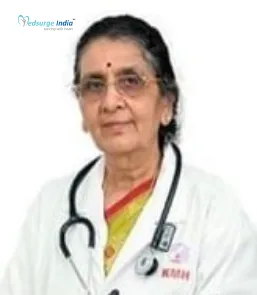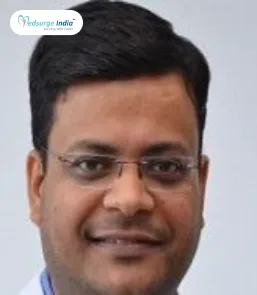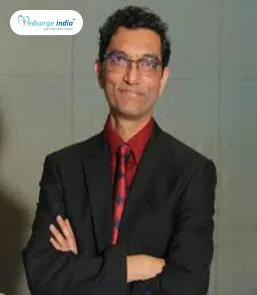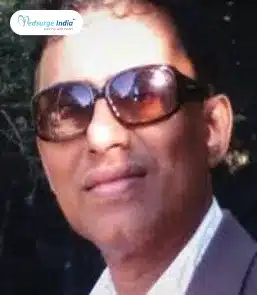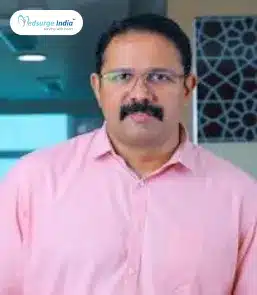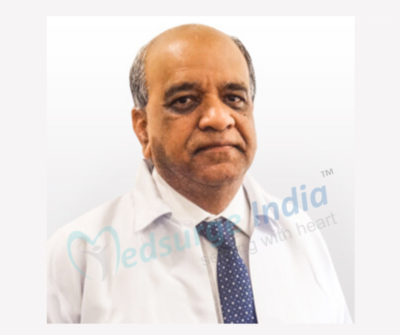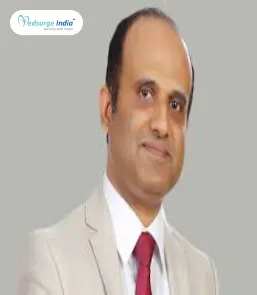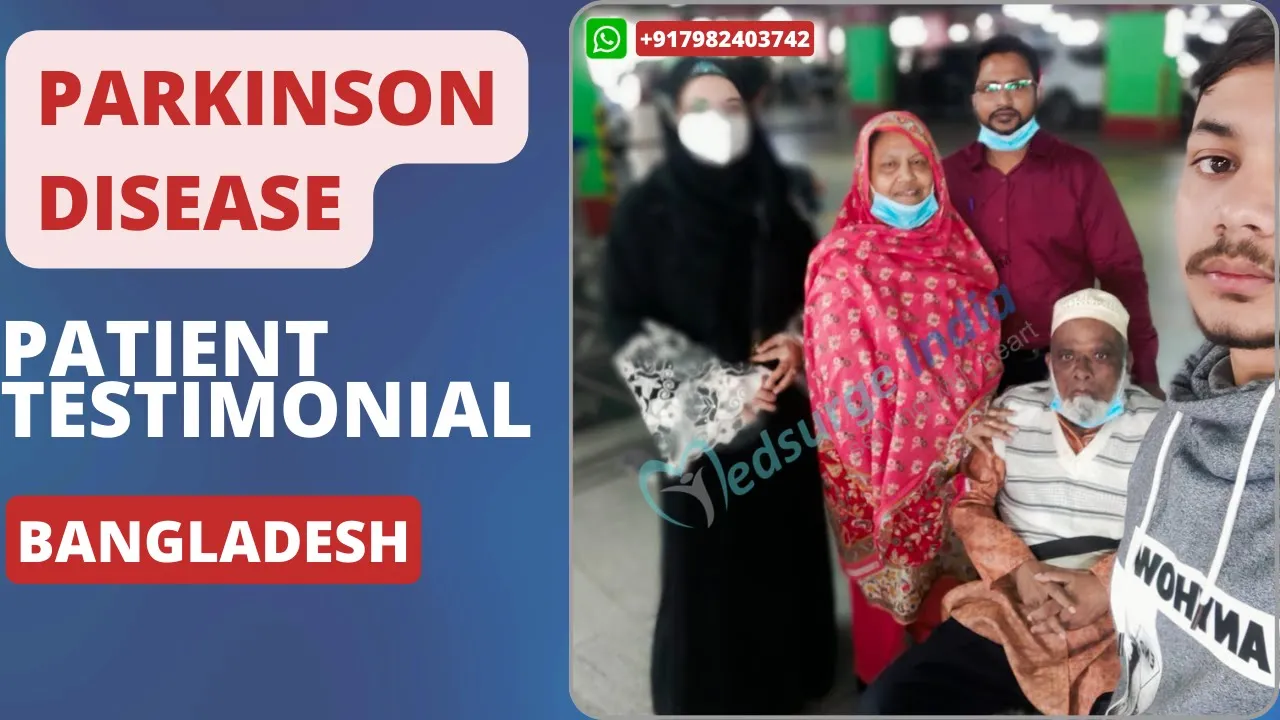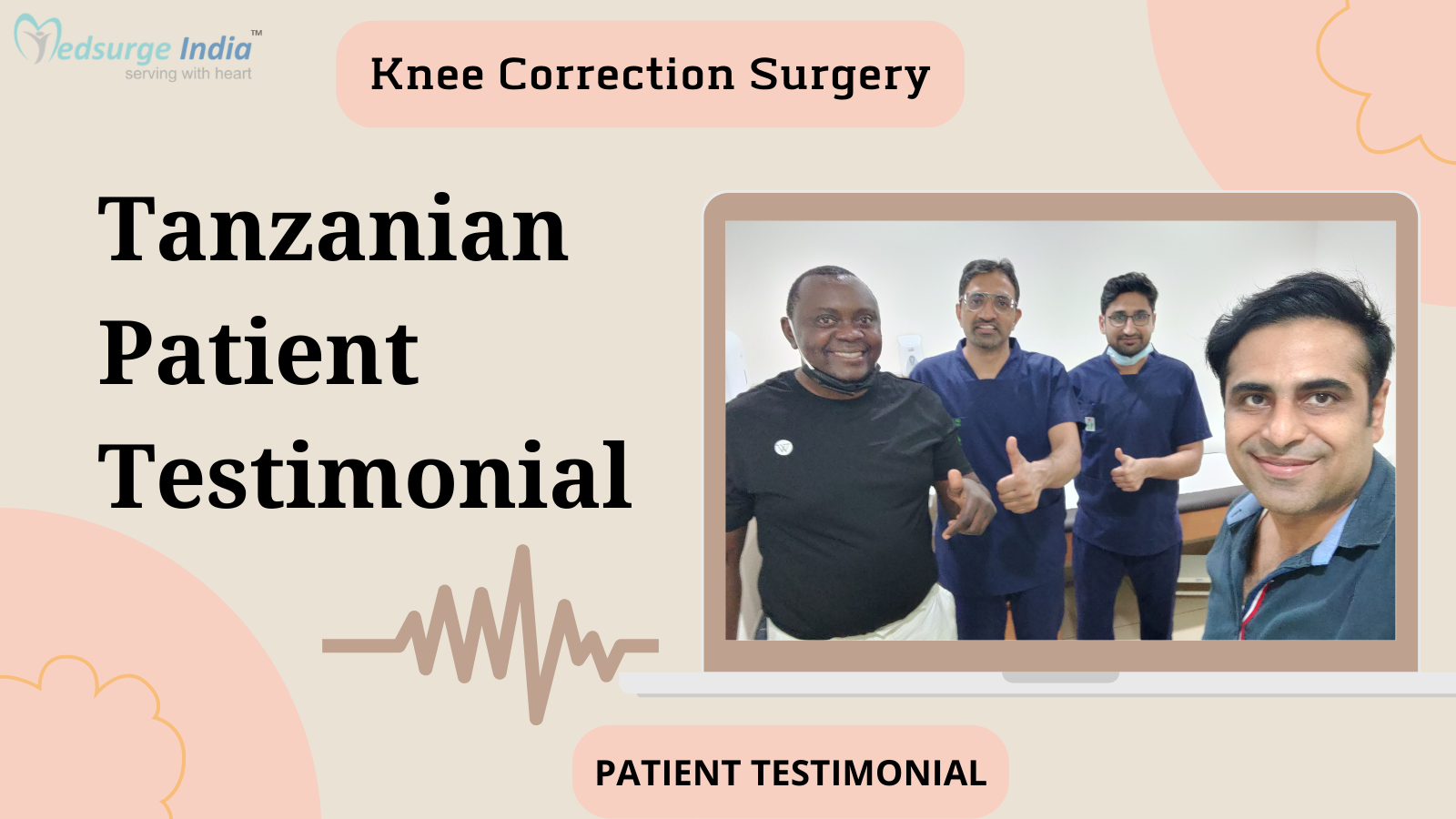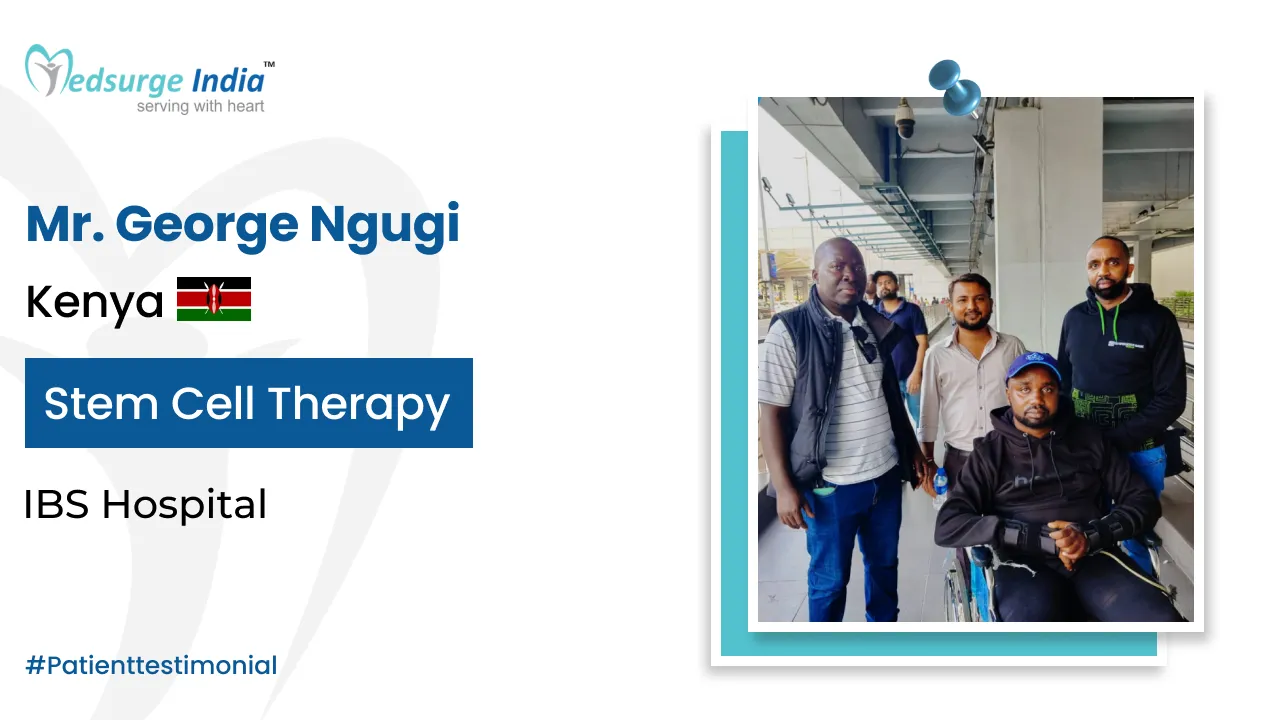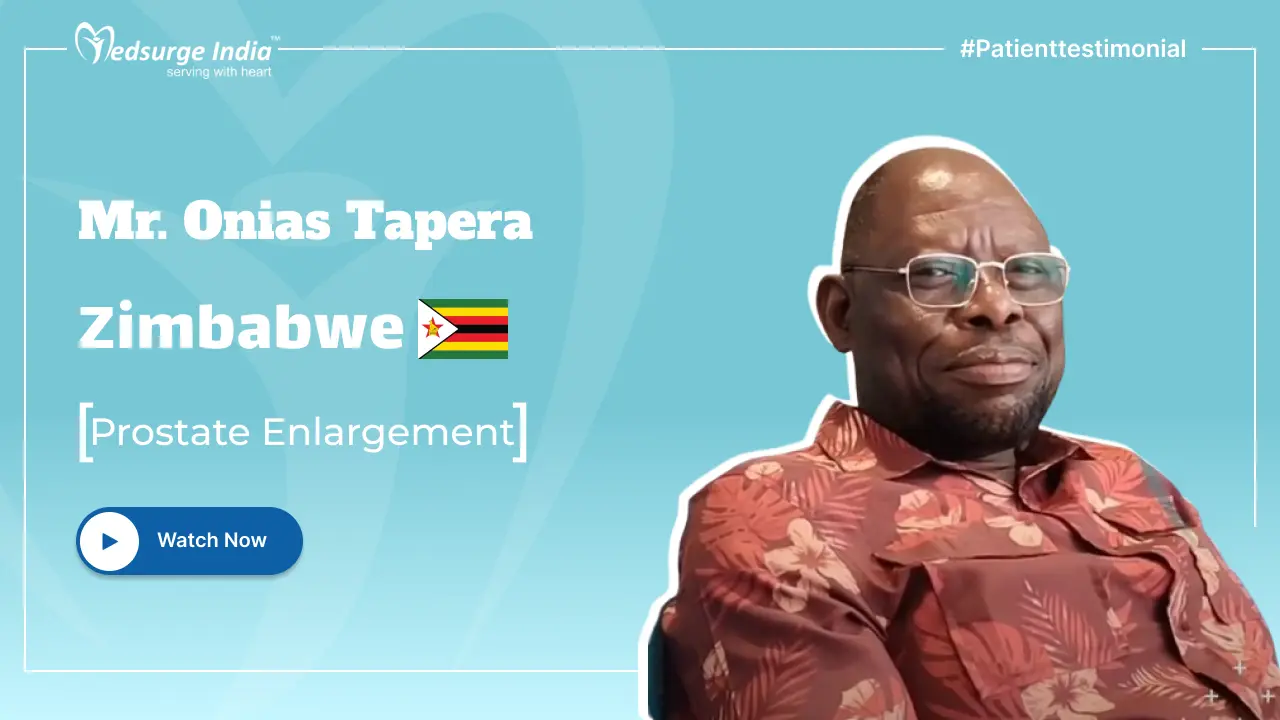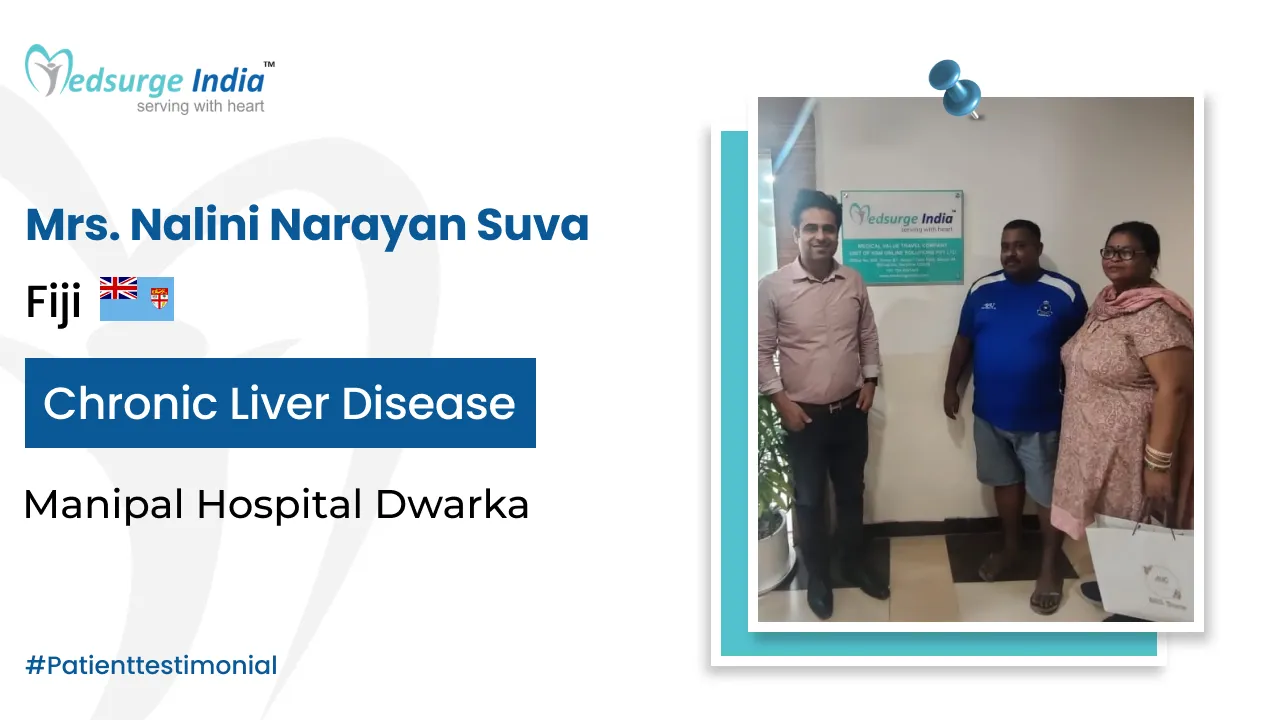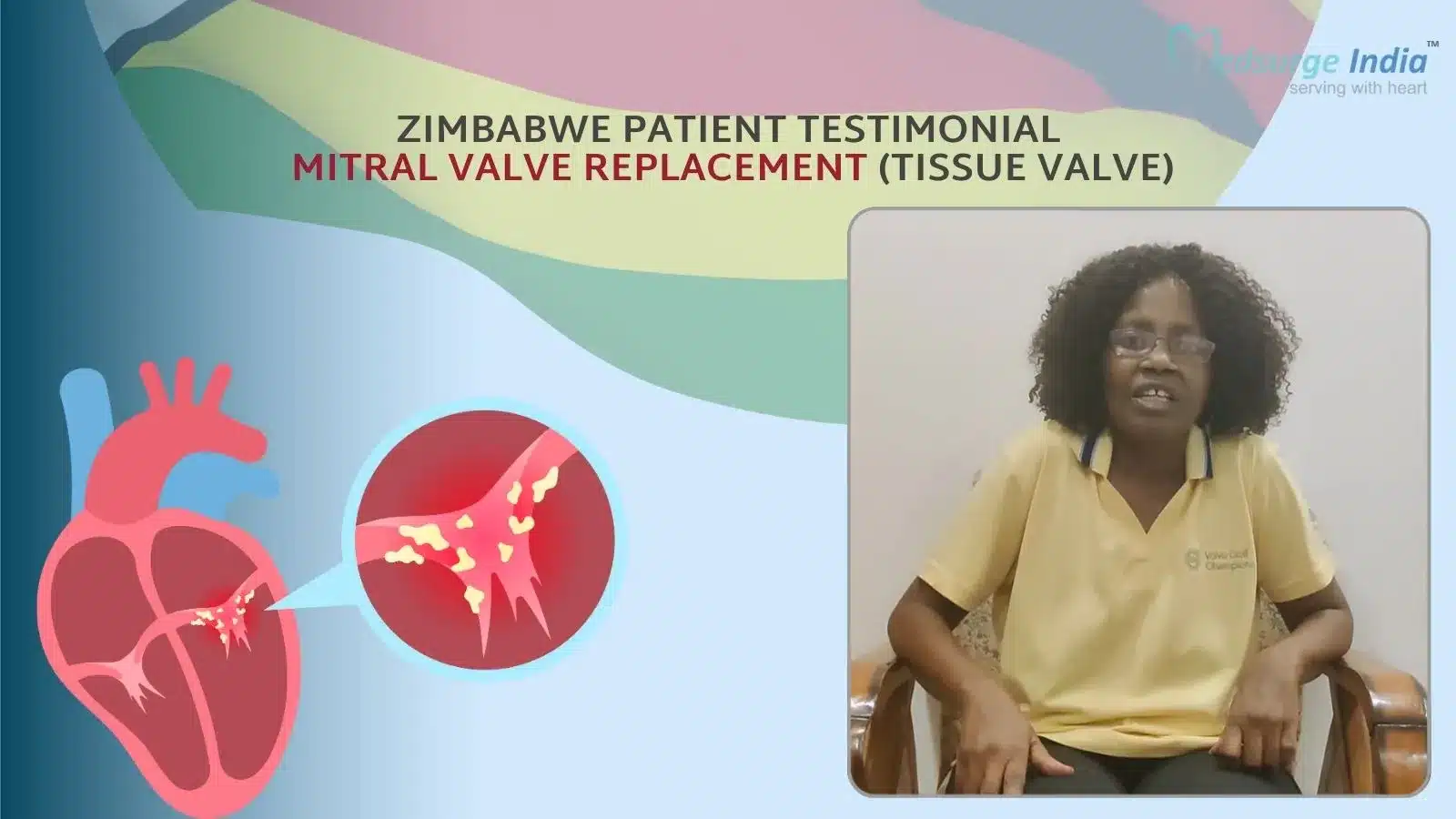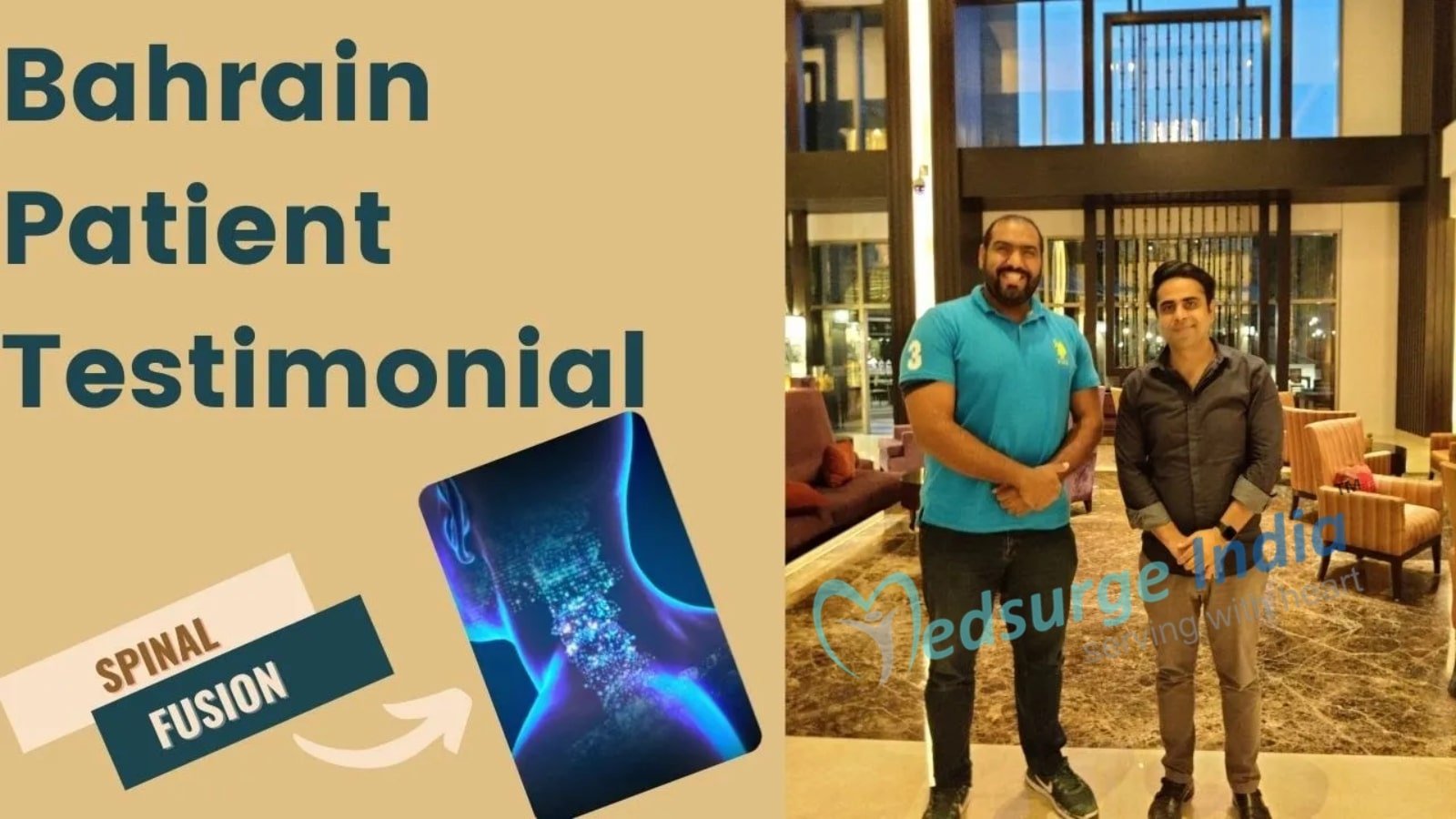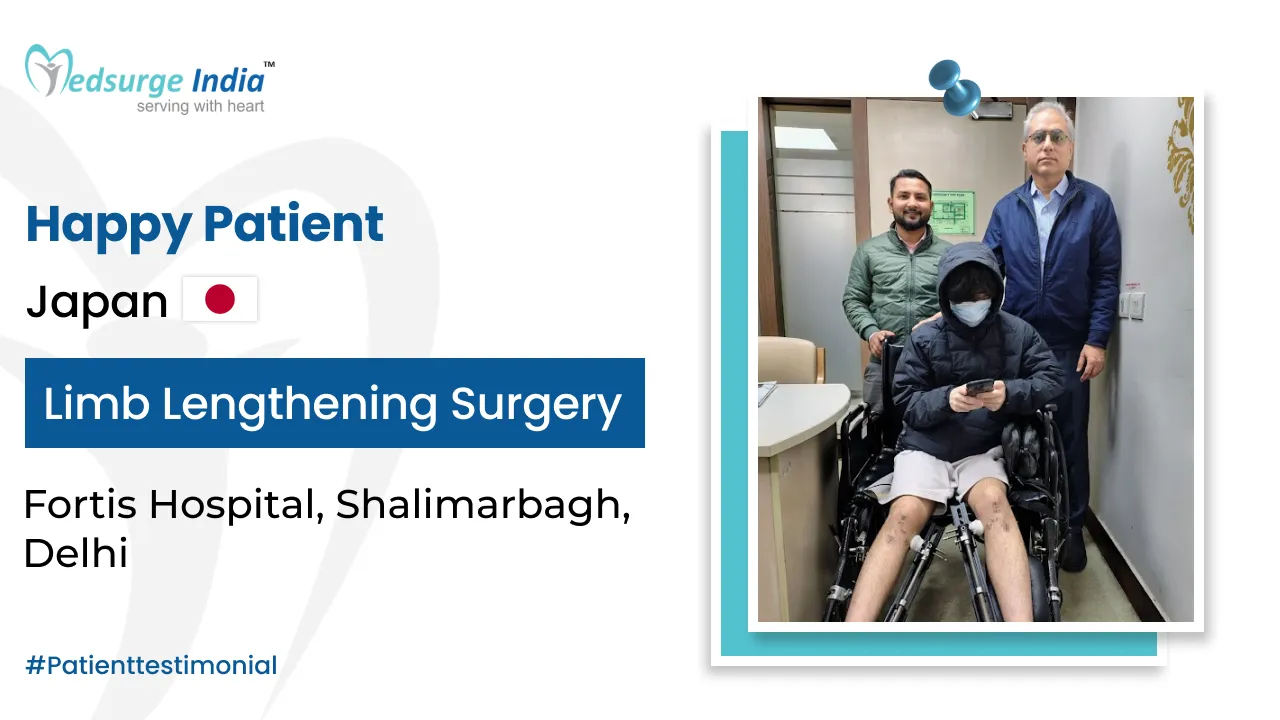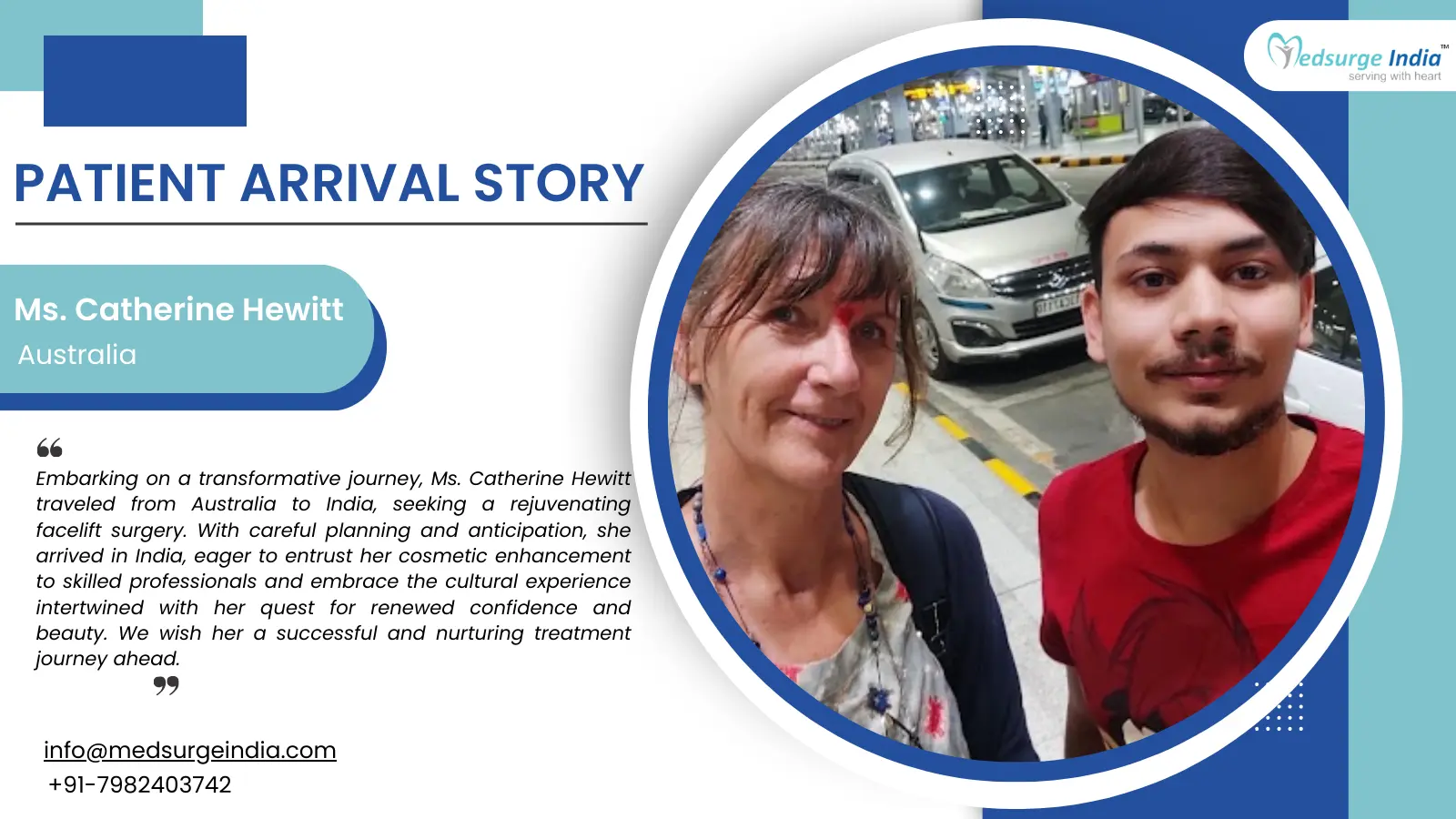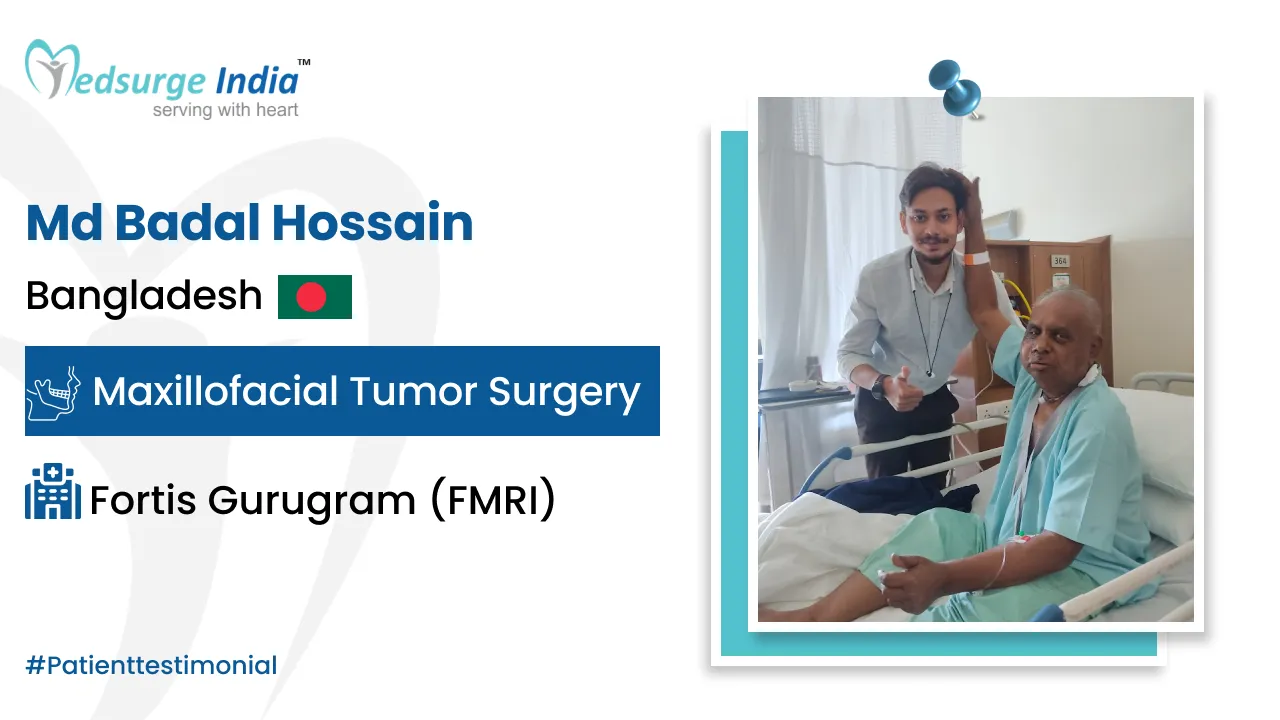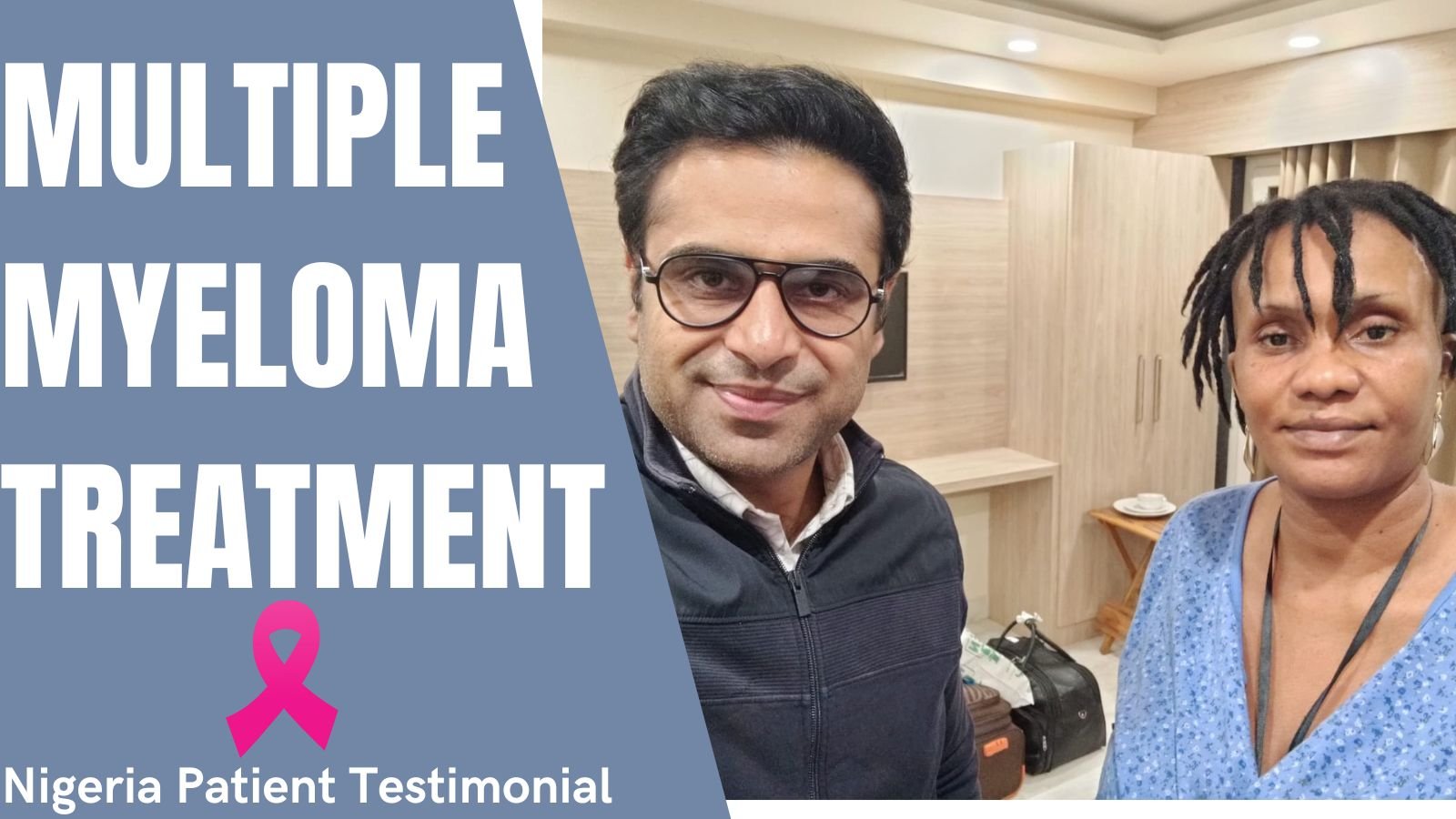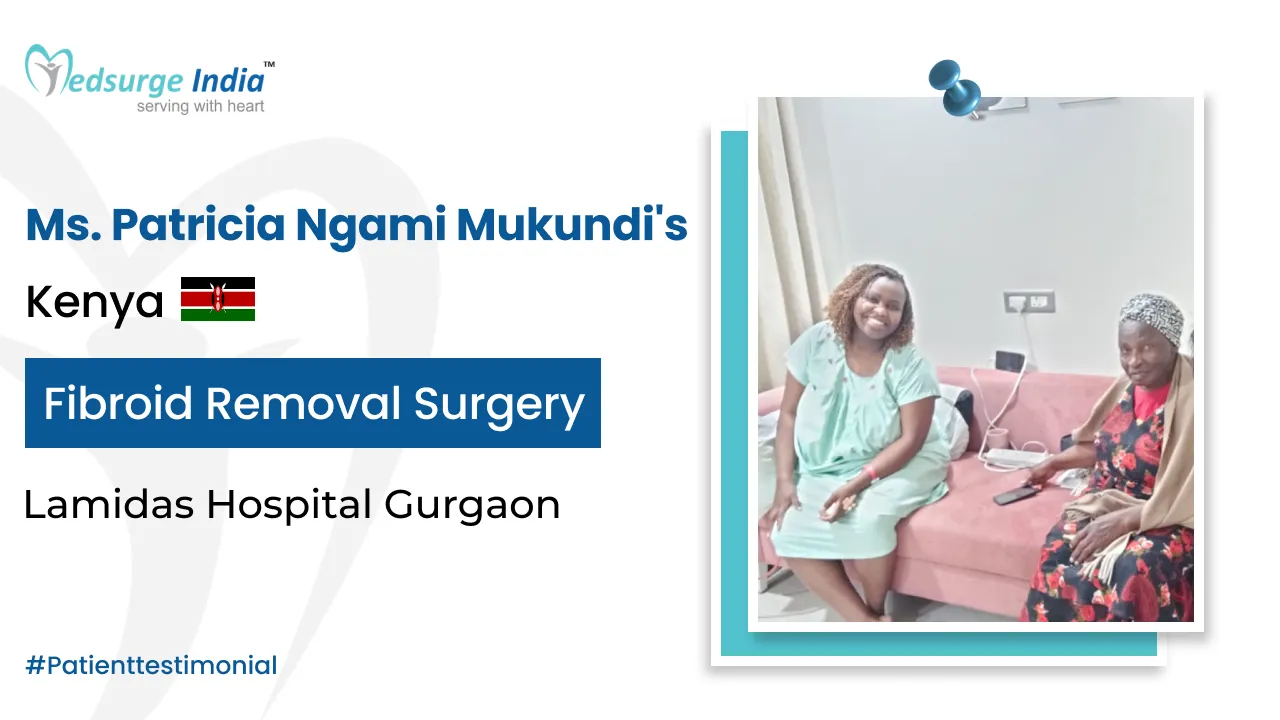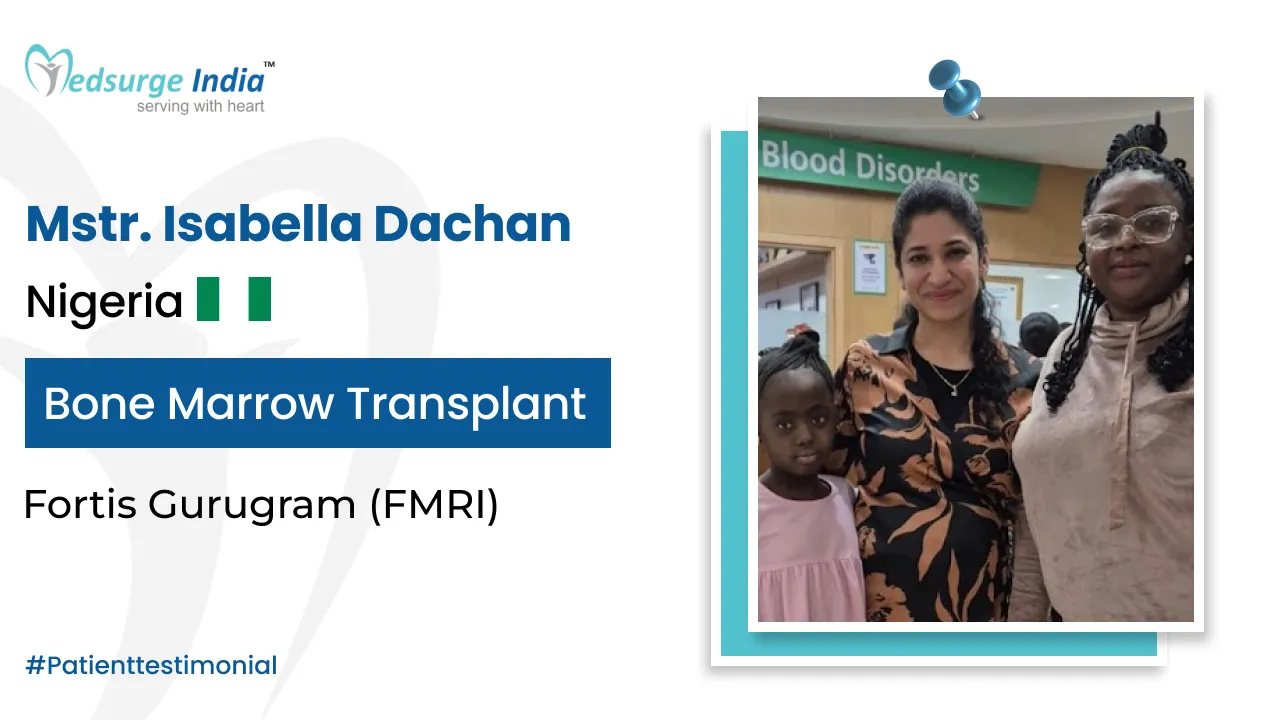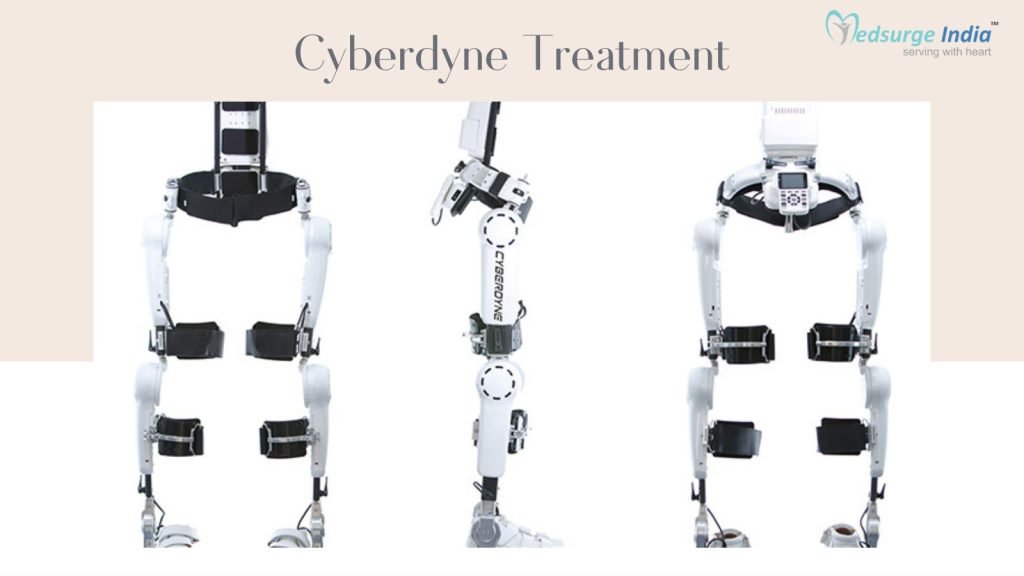
The brain communicates with the muscles by sending nerve impulses when a person wants to move a particular area of their body. People with physical disabilities who suffer from damaged neurological systems struggle to move as freely as they would want because they are unable to convey these signals to the muscles in a reliable manner. Such disabilities have previously been thought to be challenging to treat. However, a recently created “cybernetic treatment,” a ground-breaking robot treatment system that would regenerate and enhance the patient’s own brain-neuro-physical processes, has already started to provide significant improvements in patients’ capacities to move independently. Treatment for Cyberdyne in India is rapidly improving and is done by the best doctors.
When compared to other wealthy countries, the cost of cyberdyne in India is really low. The achievement may in part be attributed to the neurosurgeons’ experience and the state-of-the-art medical equipment used in Indian institutions. In addition to these advantages, India’s low costs without diminishing clinical standards play an essential role in its global appeal.
What Is a Cyberdyne?
Cyberdyne is a robot designed to enable persons who have lost the use of their lower limbs to regain the joy of walking. Cyberdyne uses HAL [Hybrid Assistive Limb] technology. The patient’s intention is used by the robotic suit to move the legs.
What Functions Does HAL Serve?
The Hybrid Assistive Limb (HAL), designed for patients with spinal cord injuries, will enable patients to enjoy the satisfaction of standing or walking by supporting their complete lower skeleton.
The following gives a clear idea of the treatment:
- HAL is used in Cybernics Treatment to enhance or rejuvenate the wearer’s function. The treatment focuses on conditions like spinal cord damage, stroke, and neuromuscular illnesses.
- Weak bioelectric potential signals leak to the body’s surface when someone tries to move their body because a signal is sent from the brain to the muscles through the nerves in accordance with the goal of the movement. HAL realizes the action after detecting the wearer’s bioelectric potential signal with a sensor affixed to the skin. The leg muscle receives nerve impulses from the brain. These impulses are recorded by the patient’s skin sensors.
- Faint “bio-electrical impulses” that indicate an individual’s intention emerge on the skin’s surface just before a body movement. In order to help the person’s joints move in sync with them, HAL can read this signal and manage the power unit. Interactive biofeedback between HAL, the brain, the nervous system, and the muscular system is encouraged inside and outside of the body by using HAL, which makes use of the bio-electrical signal that represents the wearers’ intended movements. Cybernetics Through the clinical application, it has been shown that this therapy strategy helps to promote lower limb, upper limb, and body trunk functions.
- The secret to encouraging functional advancement using Cybernics Treatment focuses more on the return of feedback from the experience of actual movement to the human brain than it does on simply transferring voluntary command signals from the brain to the musculoskeletal system via the spinal cord and peripheral nerves. By triggering the body’s innate capacity for self-healing, which humans possess, the functional improvement/regeneration technique using HAL enables the improvement of human brain-nerve-musculoskeletal functions.
Why is India a Top Destination for Cyberdyne Treatment?
The nation is a favorite location for medical tourists thanks to its cutting-edge facilities, qualified physicians, and affordable care. In addition to promoting contemporary medical procedures, India has pushed age-old procedures that enhance general health and welfare, such as yoga and ayurveda.
In the healthcare industry, keeping up with new and cutting-edge technologies is crucial. One such achievement of the nation’s medical sector is the Cyberdyne treatment. India has emerged as the preferred location for all the aforementioned investments as the Japanese sponsors have shown a keen interest in HAL’s operations.
In terms of medical tourism in India, we have an advantage over other nations due to the following:
- Most of the medical staff members employed by Indian hospitals have completed their training at hospitals in the US, Europe, or other wealthy nations.
- The vast majority of medical practitioners are proficient in English.
- Large international corporations provide cutting-edge medical and diagnostic technologies to many of India’s leading hospitals.
- India is home to some of the world’s top nurses. The majority of India’s over 1000 certified nursing training programs, which are associated with teaching hospitals, graduate close to 10,000 nurses annually.
- Travelers of all finances can afford first-rate services and luxurious accommodations.
Get Free Cost Estimation
Procedure
What Is the Use of Cyberdyne Treatment?
- The first technology in the world, called Cyberdyne, assists in enhancing, supporting, and regenerating patients’ physical functions.
- Cyberdyne’s non-invasive BES-sensing technology solution, HAL, aids people all around the world in regaining their ability to walk (Hybrid Assistive Limb)
- HAL Lower Limb is utilized to enhance mobility well-being for recovery following an accident or surgery.
- Mobile well-being, or the capacity to walk about without outside aid, uses best-sensing technology.
- Improving overall health to keep freedom and a great quality of life.
Cyberdyne Treatment Cost In India
Affordable Cyberdyne treatment cost in India starts from INR 5,84,000 (USD 7,000). Healthcare prices are substantially lower in India than in other nations. Additionally, the level of medical care and services offered there are on par with those at the greatest hospitals in the world. Even without accounting for the costs of travel, hotel, and food.
Cyberdyne treatment cost in India can vary depending on a number of criteria, such as
- Depending on the hospital’s preferences, the cost of treatment packages may vary.
- The doctor’s skill and experience in the field.
- The situation of the patient: The patient’s illness and whether additional treatment modalities are essential for comprehensive care.
- Hospitalization and travel time in the nation.
- Post-operative care is required.
- Categorization of a hospital room.
How to Choose a Hospital in India for Cyberdyne Treatment?
The hospitality and patient care provided by hospitals that provide Cyberdyne treatment are well-known. These facilities are home to some of India’s top neurosurgeons and experts in their areas. It could be challenging for a foreign patient to select a reputed hospital for treatment. It is an important choice that needs to be made while keeping a number of things in mind, like:
- Accreditations and certifications for excellence
- Location of the hospital and the transit hub
- The medical and surgical staff
- Modern diagnostic and treatment tools
- Assistance to patients internationally
How Can Medsurge India Help?
Medsurge India is a prestigious support system for patients looking for doctors, hospitals, and specialized treatments. We’ll find the most suitable medical options for you. Regarding your medical issues, our team will give you a list of certified, reputable, and trusted doctors and hospitals. Additionally, we offer a treatment strategy that fits your budget. Apart, we assist patients with obtaining travel authorizations, medical visas, and a multitude of other things.
The Most Important Frequently Asked Questions
Q: What Exactly Is Hal Therapy?
A: Patients have sensors attached to their legs during physical therapy treatments using the Hybrid Assistive Limb (HAL) to detect small electrical impulses on the skin that indicate the wearer’s desire to move.
Q: What Is the Most Sophisticated Exoskeleton Suit?
A: The PHOENIX Medical Exoskeleton is the lightest and most advanced exoskeleton on the market, designed to assist people with mobility disorders in remaining upright and mobile.
Q: Is There an Exoskeleton in Humans?
A: Exoskeletons do not exist in humans. Humans have endoskeletons because their skeletons are found inside their bodies. Members of the phylum Arthropoda are the only creatures with exoskeletons. Insects, arachnids, and crustaceans are examples of this.
Q: What Bone in the Human Body Is Not in Contact with Another?
A: The hyoid bone is famous for being the only bone in humans that does not articulate with any other bone and instead has only muscular, ligamentous, and cartilaginous attachments. Because of this peculiarity, it has been dubbed “free floating.”
Q: Do Skeletons Shrink After Death?
A: Once the soft tissues have fully decomposed, all that remains is the skeleton. The skeleton and teeth are much more robust. Although they undergo a number of subtle changes after death, they can remain intact for many years.
Top Hospitals for Cyberdyne Treatment In India
Top Doctors for Neurology And Neurosurgery
Dr. Rajeswari Ramachandran
Consultant
Experience: 52 years of experience
Dr. Kamakshi Memorial Hospital Chennai
Chennai, India
Dr Vikram Kishore Reddy P
Consultant
Experience: 12 Years
Medicover Hospital, Hitech City
Hyderabad, India
Dr. Nitin Gupta
Junior Consultant
Experience: 9 years of experience
Pushpawati Singhania Research Institute (PSRI), New Delhi
New Delhi, India
Dr. Ajay Kurve
Consultant
Experience: 20 years of experience
Wockhardt Super Speciality Hospital Nagpur
Nagpur, India
Dr. Sushanta Bhattacharya
Consultant
Experience: 15 years of experience
Medica Superspecialty Hospital
Kolkata, India
Dr. Biplab Das
Consultant
Experience: 12 years of experience
Batra Hospital & Medical Research Centre, New Delhi
New Delhi, India
Dr. A. K. Sahani
Senior Consultant
Experience: 19 Years
Indian Spinal Injuries Center, New Delhi
New Delhi, India
Dr. Rajan Shah
Director , MCh, MS, MBBS
Experience: 31 years of experience
Nanavati Super Specialty Hospital, Mumbai
Mumbai, India
Dr. Kapil Agarwal
Senior Consultant
Experience: 14 years of experience
Marengo Asia Hospitals Formerly W Pratiksha Hospital, Gurgaon
Gurgaon, India
Dr. Sachin Gupta
Senior Consultant
Experience: 10 years of experience
Marengo Asia Hospitals Formerly W Pratiksha Hospital, Gurgaon
Gurgaon, India
Dr. Venugopal Krishna KS
Experience: 26+ years of experience
Manipal Hospital, Mandi Mohalla, Mysore
Mysore, India
Dr. Harsh A H
Senior Consultant
Experience: 7+ years of experience
Narayana Multispeciality Hospital, R S Naidu Nagar, Mysore
Mysore, India





